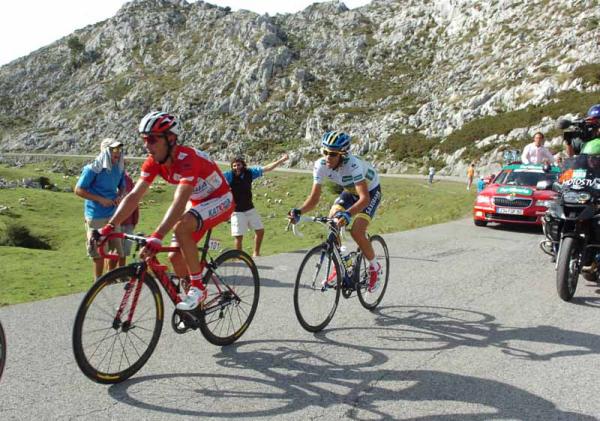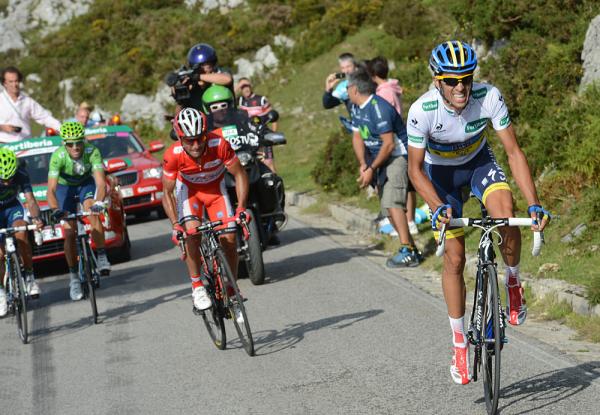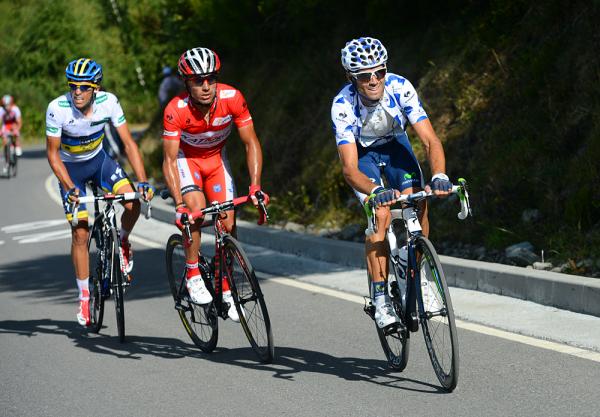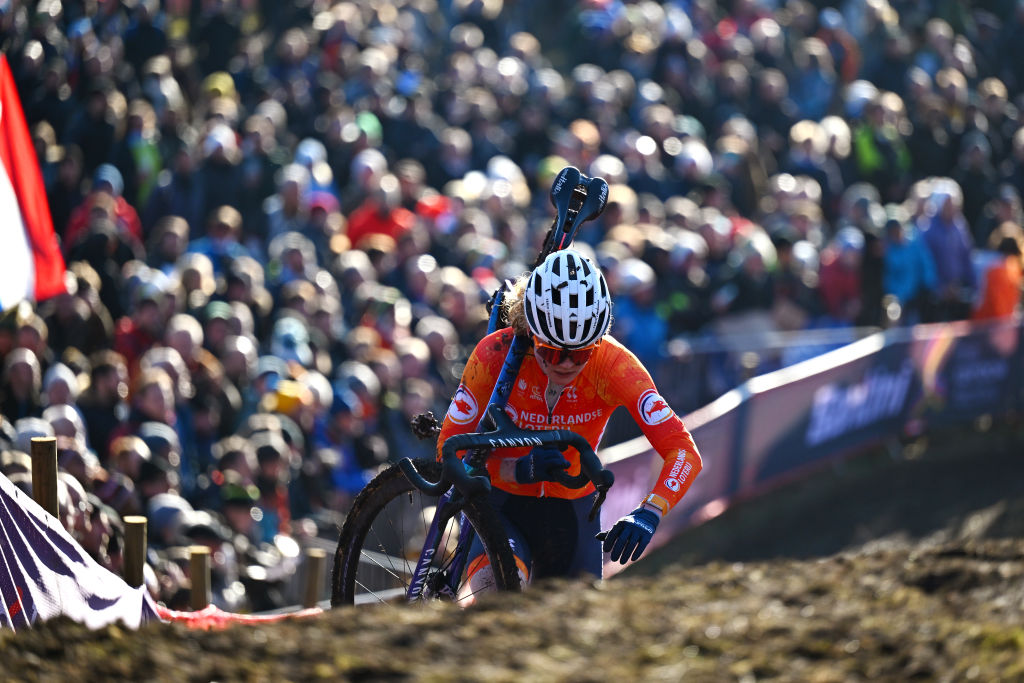Cuitu Negru - the climb to end all climbs
New Spanish ‘super-climb’ concludes the Vuelta’s single hardest day



The new Cuitu Negru climb which concludes the 2012 Vuelta a España’s single hardest day would not look out of place on a major Alpine stage in the Tour de France. But then, neither would what comes before.
A total of 4,500 metres of climbing awaits the peloton today, starting off with the third category Cabruñana, followed by the first category San Lorenzo and La Cobertoria climbs and culminating with Cuitu Negru, the eighth and potentially the most decisive of all the Vuelta’s ten summit finishes.
"There's no time for recovery on this stage," warns race director and 1998 Vuelta winner Abraham Olano, "so a lot of people are going to have problems. There's no real time to eat anything solid, maybe an [energy] gel, but nothing else. It's not going to be easy to eat."
It's been repeated by more than one of the top race leaders that “whoever leads the race at the top of Cuitu Negru has a a strong chance of taking the lead all the way to Madrid.” Their reasoning being that there are ‘only’ two summit finishes, at Fuente De and the Bola del Mundo, on the Vuelta menu after the Cuitu Negru and by that point in the race, in the third week, everybody is running on empty and will not have the energy for an all-out attack. Cuitu Negru is, therefore, the watershed for the race.
And the 23.5 kilometre-long Cuitu Negru is a monster climb in anyone’s book. The first 21 kilometres have been used five times in the Vuelta before as the ascent to the summit finish at the Pajares ski station. The last time was in 2005 when Roberto Heras staged a successful assault on Denis Menchov’s lead, although the Spaniard was then stripped of his title for EPO use.
The new part of the climb is the 2.8 kilometre track that takes the race away from the summit of the usual mountain pass and even higher. Quite apart from sections of 24 or 25 percent on this last segment, specially paved for the race, the last 500 metres average a mere 17 percent.
For many, this is very similar to the Bola del Mundo - which also features a steadier, better-known and better-surfaced ascent to Navacerrada, followed by three kilometres of narrow, steep track to a summit further up. The difference is that Cuitu Negru is harder, in terms of gradient at least, with an average gradient of 13 percent for the last three kilometres.
The latest race content, interviews, features, reviews and expert buying guides, direct to your inbox!
For Alberto Contador (Saxo Bank-Tinkoff Bank), following his defeat at Ancares and inability to draw ahead of Joaquim Rodriguez (Katusha) at the Lagos de Covadonga, Cuitu Negru represents the Madrileño's best chance between here and Madrid of pulling ahead of his rival. But will he be able to take it?
Alasdair Fotheringham has been reporting on cycling since 1991. He has covered every Tour de France since 1992 bar one, as well as numerous other bike races of all shapes and sizes, ranging from the Olympic Games in 2008 to the now sadly defunct Subida a Urkiola hill climb in Spain. As well as working for Cyclingnews, he has also written for The Independent, The Guardian, ProCycling, The Express and Reuters.

